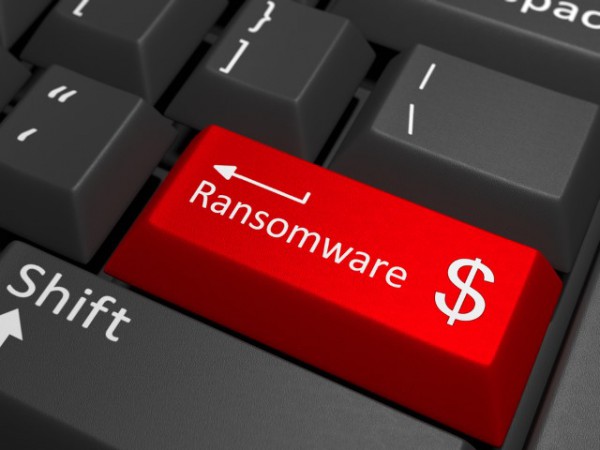Ransomware attacks rocket over the last quarter

In the last three months ransomware attacks have grown by a global average of 50 percent compared to the first half of 2020.
The figures look even bleaker for individual countries, with attacks up by by 98 percent in the US, 80 percent in the UK, 145 percent in Germany, 36 percent in France and 160 percent in Spain.
Researchers at Check Point, who conducted the study, attribute this to more sophisticated attacks, such as Double Extortion in which hackers threaten to publish stolen sensitive data in the victim won't pay the ransom. Also, it seems hackers are tailoring their ransom demands to prices the victims are more willing to pay, instead of dealing with the headache and time required to recover their IT systems.
Check Point's head of threat intelligence, Lotem Finkelsteen, says, "Ransomware is breaking records in 2020. The increase in ransomware attacks began with the advent of the coronavirus pandemic, as organizations scrambled to enact remote workforces, leaving significant gaps in their IT systems. However, the last three months alone have shown alarming surges in ransomware attacks, and I suspect the ransomware threat to get far more worse as we approach the new year. I strongly urge organizations everywhere to be extra vigilant."
The top five global industries most impacted by ransomware threats in the last three months are, communications, education and research, government and military, software vendors, and utilities. In the US though healthcare sector is now the most attacked industry.
The top ransomware types over the three month period are Maze and Ryuk, with the Ryuk ransomware now attacking 20 organizations a week.
Many of the current cyberattacks start with a targeted email that doesn't contain malware, only a socially-engineered message that encourages the user to click on a malicious link, user education is therefore often considered as one of the most important defenses an organization can deploy. Check Point also recommends backing up your data regularly and ensuring systems are up to date with the latest patches.
You can find out more on the Check Point blog.
Photo credit: Ton Snoei / Shutterstock
